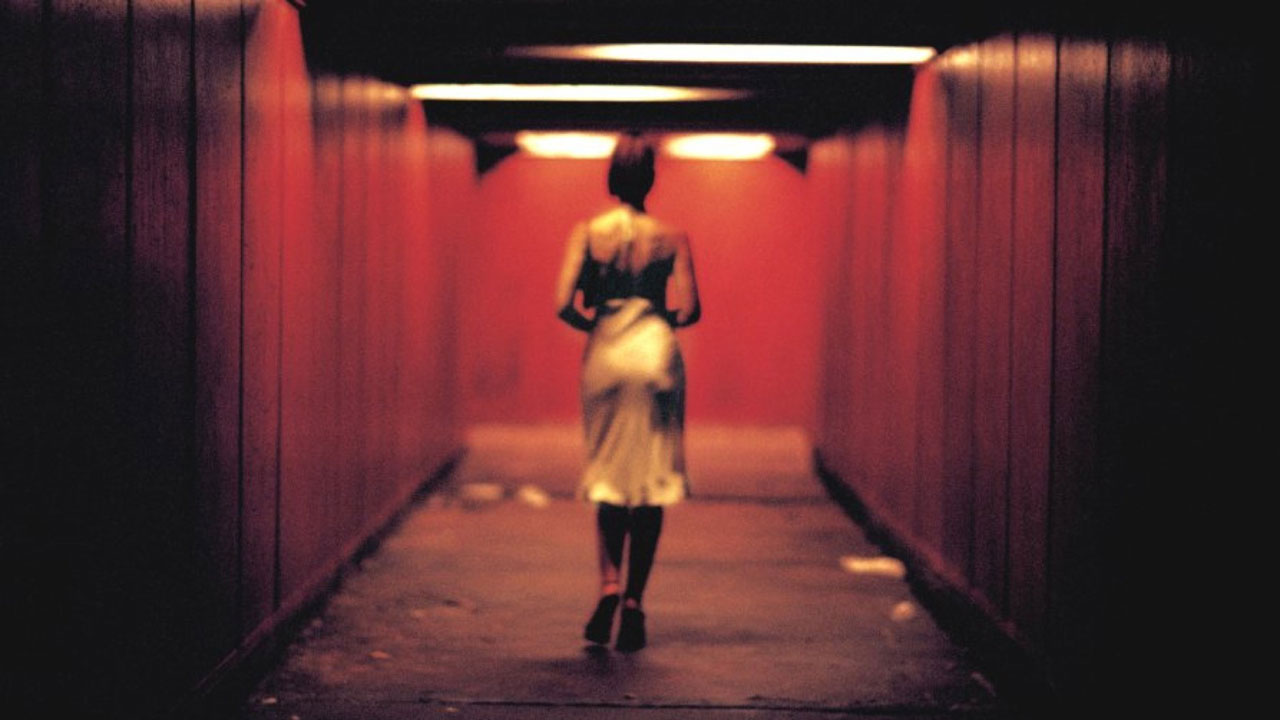
There’s no shortage of movie scenes intended to shock, horrify, or disturb audiences, especially within certain genres (horror being a big one). Some scenes, however, have withstood the test of time, almost taking on a life of their own outside the film.
Many of the most memorable of these are either physically visceral or emotionally devastating (or both), dealing with highly emotional topics that have a tendency to get under the skin. Scenes featuring rape or torture are particularly likely to evoke powerful responses in viewers, especially (though not always, as we will see) when depicted explicitly.
Sometimes these scenes are so notorious that they come to overshadow the rest of the film they’re in, becoming the one thing people (even those who haven’t seen it) associate with the film. This can at times seem arbitrary, especially when there are similar or worse scenes in other films (or even within the same film in question), but for various reasons explored below, these scenes just have a certain staying power, holding up over the years.
Fair warning: Lots of descriptions of sex, violence, and sexual violence ahead, along with some spoilers – though these will be avoided when possible in the following countdown:
25. Eyes Wide Shut (1999, Directed by Stanley Kubrick): Masked orgy
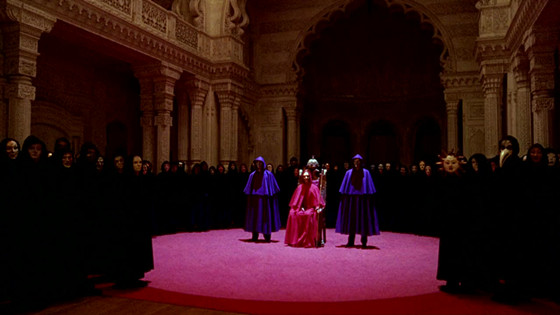
The scene nearly responsible for landing Stanley Kubrick’s final film the dreaded NC-17 rating occurs about halfway in, when Tom Cruise’s character, Dr. Bill Harford, attends a clandestine masked orgy at a mansion.
Composer Jocelyn Pook’s backwards Romanian liturgy playing in the background only adds to the weirdness of the scene, which is not nearly as pornographic as many have built it up to be. Granted, there’s plenty of sex and full-frontal nudity on display, but the sequence contains nothing as explicit as some of the later entries on this list.
The esoteric and mysterious nature of the sequence overpowers its eroticism, and as such, the film’s centerpiece serves as an appropriate emblem for the movie itself – one that has left audiences and critics divided and a bit confused since its release.
The controversy surrounding the insertion (no pun intended) of additional human figures into the orgy to hide some of the more salacious activity in the background is, of course, ridiculous, and the unaltered version has, thankfully, since seen the light of day in re-releases and on DVD.
24. American History X (1998, Directed by Tony Kaye): Curb-stomp murder
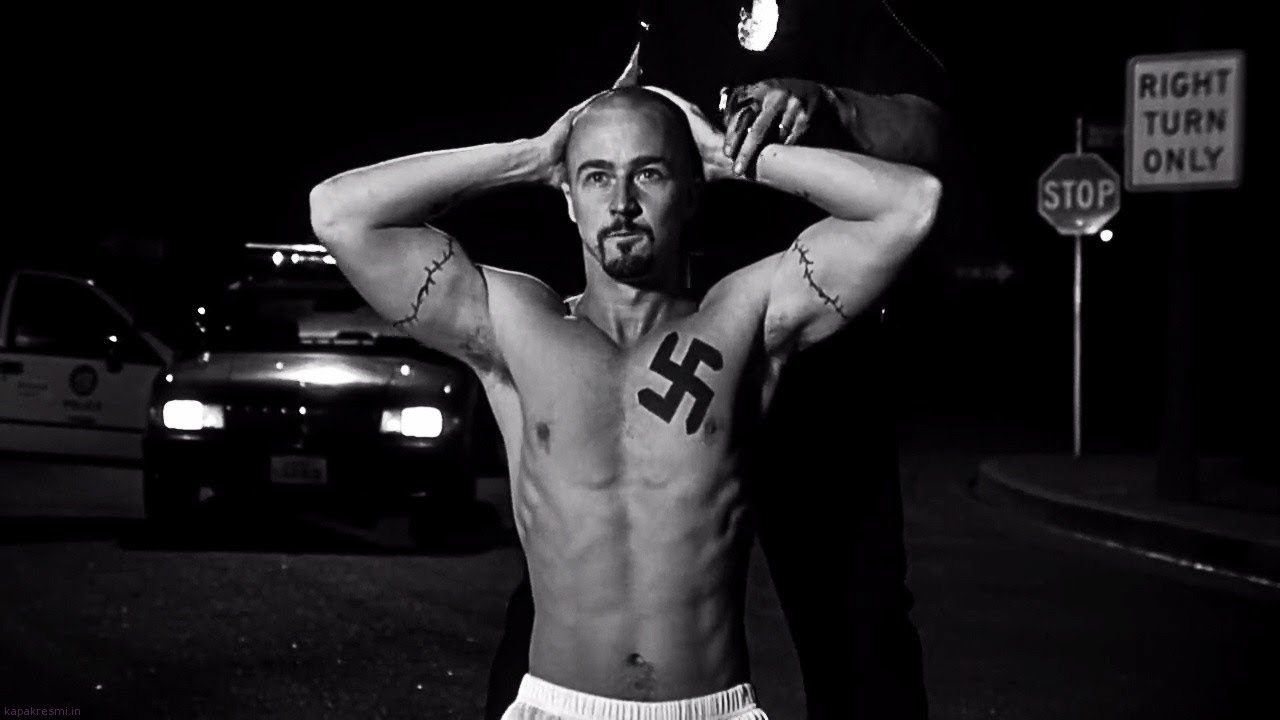
Few movies or scenes have earned the descriptor “tough to watch” more than this one, though that’s hardly a criticism. The film’s consistently high ranking on the IMDb Top 250 list is proof enough of its power and the effect it has had on audiences. The film arguably says more – and is a lot more honest about – the ugly topic of racism in America than other more recent and often lighter films.
The most notorious scene in the film features a “curb stomping” death, rendered all the more brutal by the detailed sound design. The murder committed here by the bulked-up neo-Nazi, Derek Vinyard (an Oscar-nominated Edward Norton) stays with most viewers long after the end credits have rolled. While not visually gory, its viciousness is startling, and serves as an important turning point in both the story and Derek’s evolution.
23. The Mist (2007, Directed by Frank Darabont): The ending
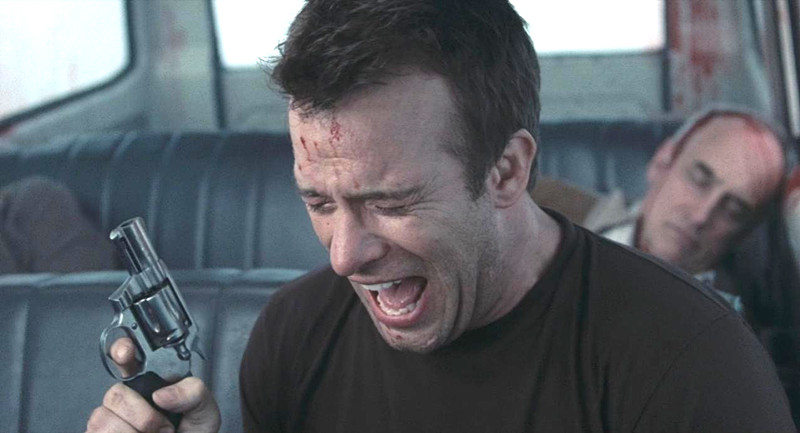
Up until its final scene, The Mist is an above-average sci-fi horror adaptation of a Stephen King book, helmed by the director of two of the finest Stephen King movies ever made (The Shawshank Redemption and The Green Mile). Featuring the horrors of both Lovecraftian monsters from another dimension and some much more familiar human monsters, the film is entertaining, but more or less conventional. Until its conclusion.
It won’t be spoiled here, but let’s just say that calling the ending “downbeat” would be an understatement. Departing from the book’s ending, Darabont purportedly agreed to make the film only if the studio guaranteed it wouldn’t change the new ending he wanted.
Wholeheartedly endorsed by King, it’s a finale that, while fitting, nevertheless is too much for some viewers to handle. In fact, many have trashed the film as a whole online as a result. Regardless of one’s opinion, it is impossible to deny the ending’s gut-punch impact, and that if ever there was a horror movie ending that would qualify as truly horrifying, this would be it.
22. Possession (1981, Directed by Andrzej Żuławski): Subway freak-out
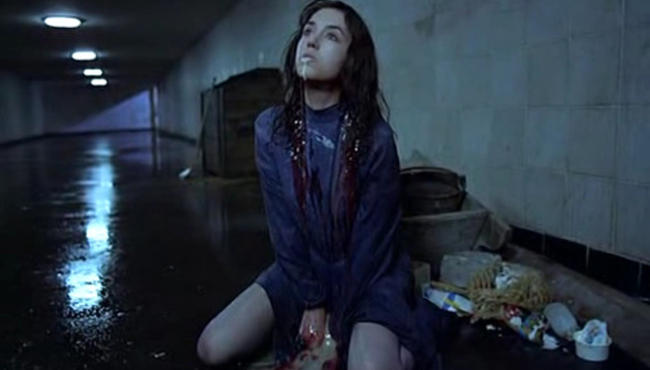
If anyone who hasn’t seen Possession knows anything about the film, it’s more than likely they’re thinking of the scene in which Isabelle Adjani’s character, Anna, has one of the most physically grueling breakdowns ever committed to film while in a subway tunnel. It’s not hard to understand why she received the Best Actress award at Cannes that year – a particularly impressive feat for a horror film (and a pretty bizarre one at that).
The film’s themes run deeper than your typical horror fare (shooting the surreal story of an acrimonious divorce in a then-split Berlin is an especially clever decision), but the inclusion of bloody murders, mutilations, and a sex monster created by none other than E.T. and Alien artist Carlo Rambaldi leaves no ambiguity as to the film’s genre.
The infamous subway scene, however, is the most memorable one in the film, if only for Adjani’s commitment to the performance – one that seems to go on forever and is downright painful to watch.
21. Audition (1999, Directed by Takashi Miike): Needle and piano wire torture
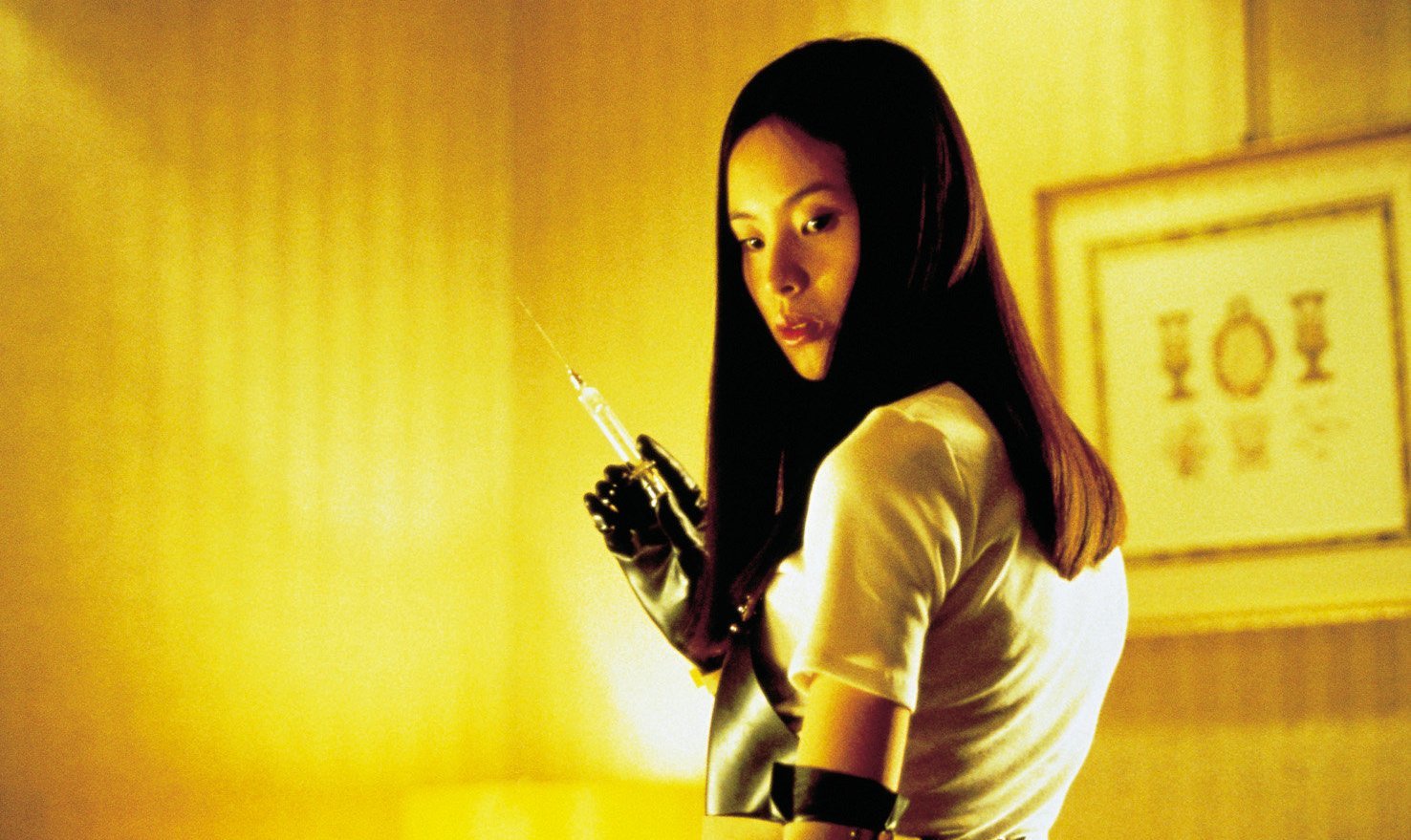
“Kiri-kiri-kiri.” No one who’s ever seen this Japanese shocker will forget those words, uttered sweetly by Asami Yamazaki (Eihi Shiina) as she does unspeakable things to the film’s flawed – but ultimately sympathetic – male protagonist (Ryo Ishibashi). What makes the climactic torture session even more jolting is that, while creepy, most of the film up until that point has been more of a slow-burn that a bloodbath (unlike, say, Ichi the Killer – one of Miike’s follow-ups).
The deliberate pacing leading up to unexpected moments such as the torture scene, or a similarly revolting sequence in which the contents of a sack in Asami’s apartment are revealed, makes the payoffs even more brutal. That Quentin Tarantino and Rob Zombie are big admirers of the film should surprise no one.
20. The Brown Bunny (2003, Directed by Vincent Gallo): Onscreen blowjob
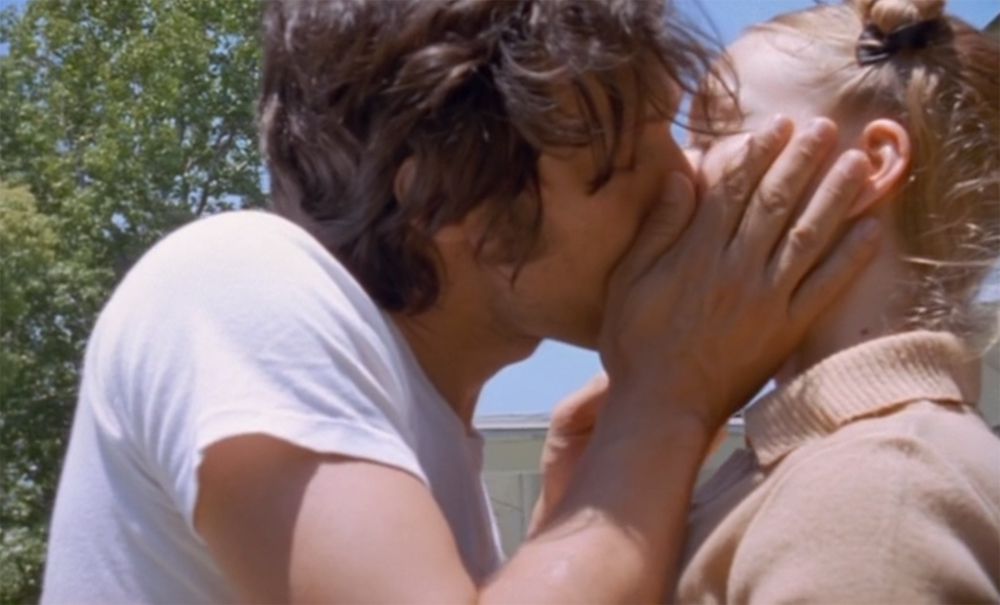
Premiering to some controversy at the Cannes Film Festival and igniting a passionate war of words between its director and film critic Roger Ebert (just Google it), The Brown Bunny is best known for a fellatio scene, notable for the fact that it is unsimulated and that the two participants are the film’s star/director and a well-known actress: Chloë Sevigny.
Gallo clearly decided to capitalize on the controversy after the fact, promoting the scene in a censored billboard in West Hollywood (it was taken down), and on the cover of the film’s soundtrack album.
Was all the uproar justified? This was hardly the first prestige film to feature an unsimulated sex act, but it may have been unusual at the time to see one featuring an Oscar-nominated actress like Sevigny. Similarly explicit films like 9 Songs (2004) and Shortbus (2006) have since premiered to less upheaval, so perhaps The Brown Bunny would be less noteworthy today. Maybe.
19. Salò, or the 120 Days of Sodom (1975, Directed by Pier Paolo Pasolini): “Circle of Shit”
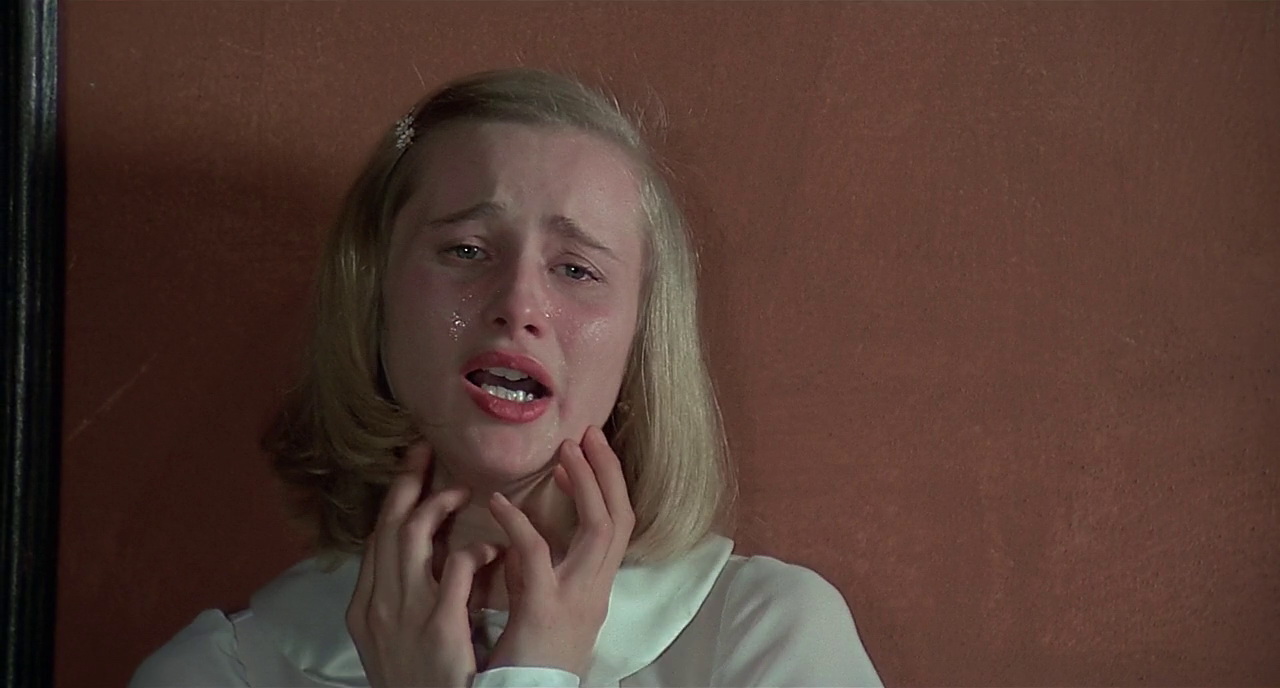
This notorious film, loosely based on the book by the Marquis de Sade, contains no shortage of outrageous set-pieces. Featuring torture, rape, murder, degradation, and more (all with teenage victims), it pushes the envelope as far as possible, and perhaps, just a bit more so.
The most over-the-top sequence, literally titled “Circle of Shit,” involves a meal of human feces (simulated, thankfully). Whether or not this later inspired The Human Centipede and its sequels is anyone’s guess.
Ostensibly metaphorical, the film’s graphic content is often too much for most to view beyond face-value. That the director was murdered before the film’s release only adds to this storied film’s mystique.
18. Cannibal Holocaust (1980, Directed by Ruggero Deodato): Turtle dismemberment
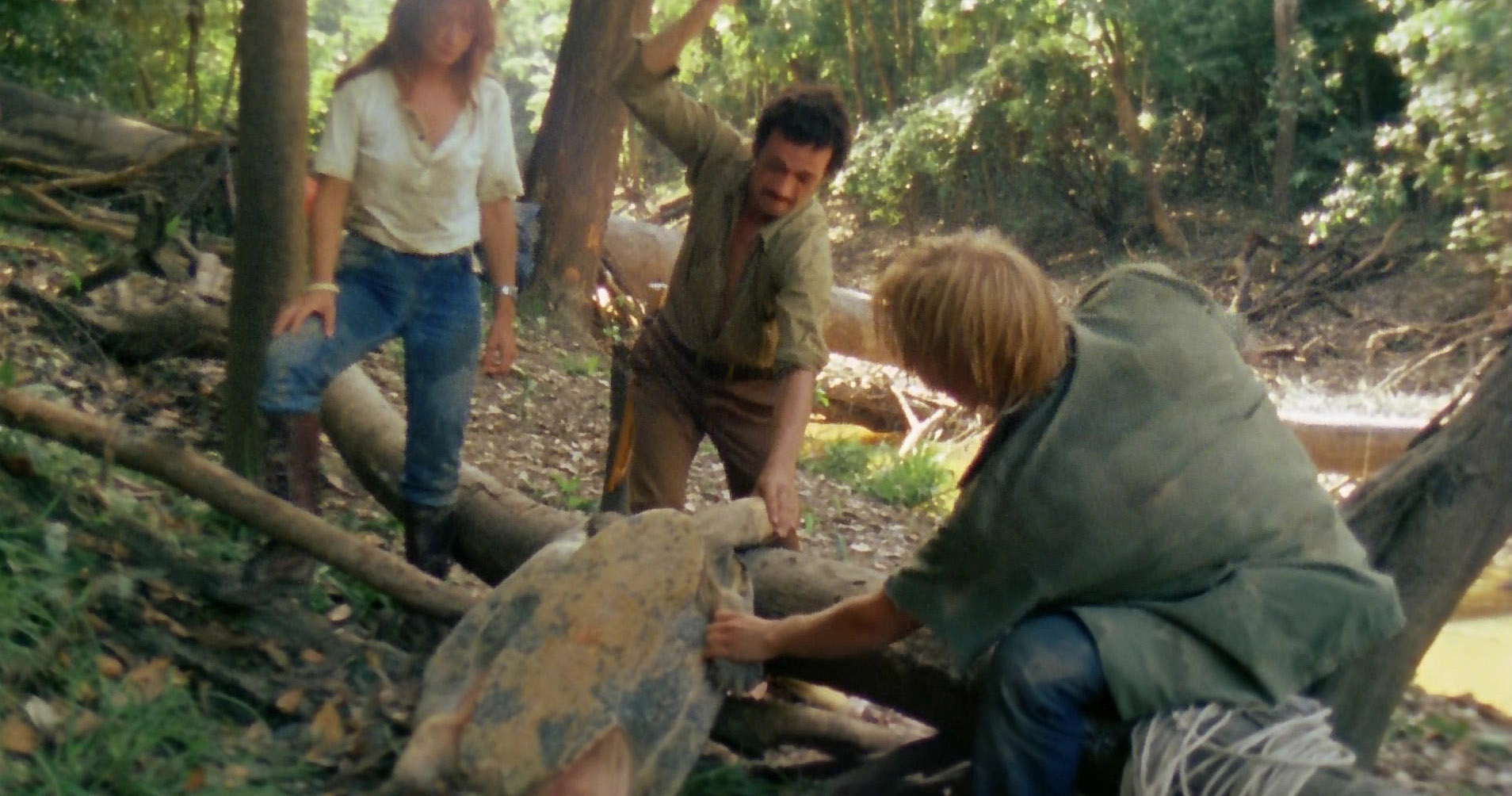
One of the most controversial films ever made – and a precursor to The Blair Witch Project and every found footage film made thereafter – Cannibal Holocaust features gore effects so realistic that the director was taken to court to prove he hadn’t murdered his actors. Unfortunately, the film is infamous for several scenes of very real violence towards animals, causing it to be banned in multiple countries.
Arguably the most disgusting example of this occurs when the fictional film crew kills and butchers a large turtle onscreen. Though more intelligent creatures are also killed (such as a pig and a monkey), the death of the turtle, albeit quick, is dwelled upon the longest.
The haunting music by composer Riz Ortolani that plays as the turtle is dismembered and disemboweled (mercifully after having been decapitated) adds to the nauseating nature of the scene. When one crew member vomits in reaction, it definitely doesn’t seem like she’s acting…